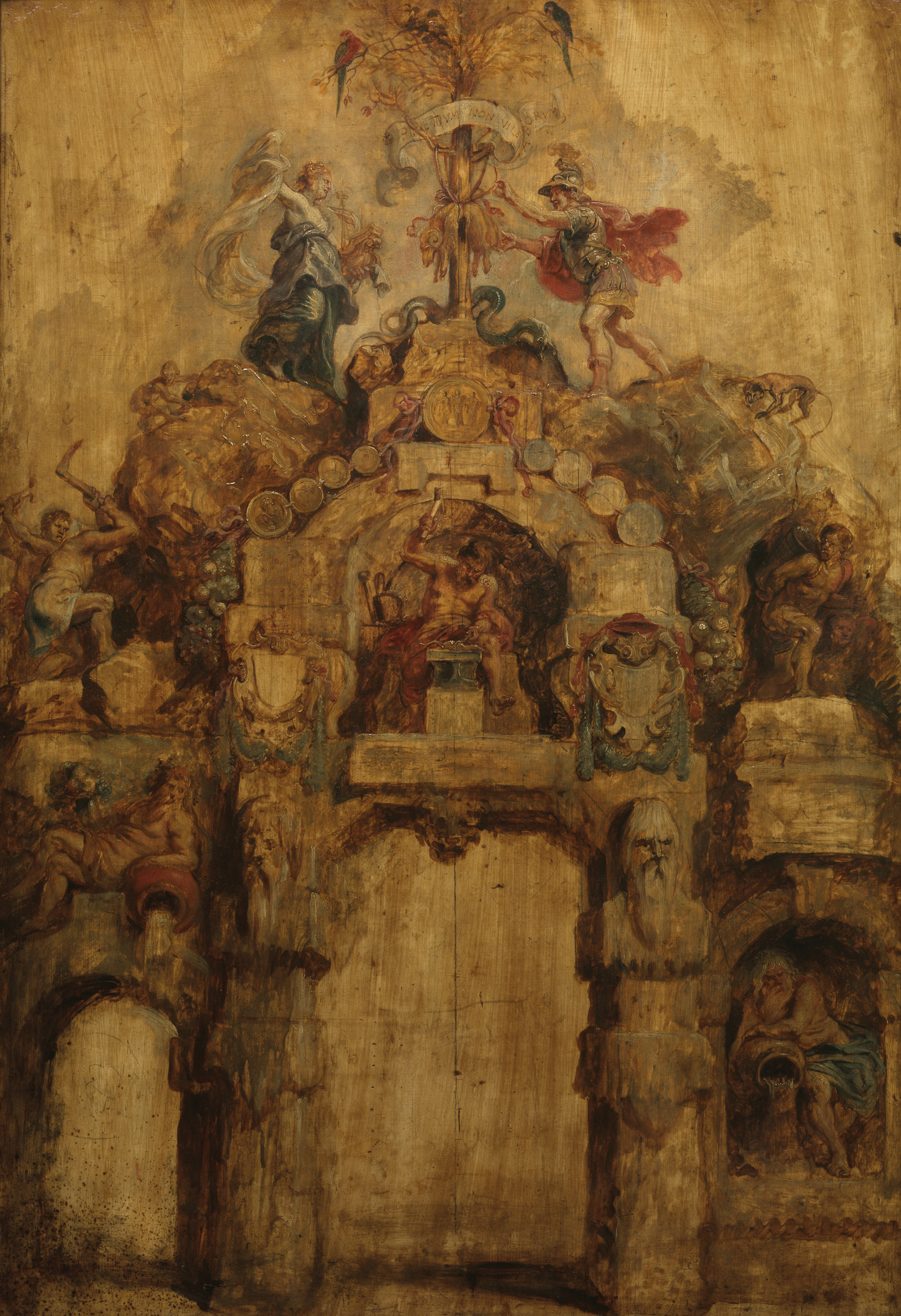Seminario
Christine Göttler: Mount Potosí in Antwerp: Colonial Knowledge and Imagination in Rubens's 'Arch of the Mint' (1635)

Labor was a dominant theme in Peter Paul Rubens's Arch of the Mint for the Triumphal Entry of Cardinal-Infante Ferdinand into Antwerp in 1635. Set up against the backdrop of the river Scheldt, the rustic structure conflated the site of the silver mountain of Potosí (with its seemingly inexhaustible flow of silver) with that of Mount Etna with its underground forge of Vulcan, famed for his artifice and cunning. The hardship forced on New World silver miners was implicitly aligned with the labors of the 'Habsburgian' heroes Jason and Hercules in their quests for the Golden Fleece and the golden apples of the Hesperides. The paper situates Antwerp's papier mâché mountain within the larger framework of the global and transnational circulation of silver and of the creation and circulation of values, including monetary, moral, epistemic, and artistic values. It explores the ambiguities and tensions in Rubens's iconography of the arch by examining contemporary perceptions and debates about the values, properties, and uses of silver and gold in various fields, including metallurgy and alchemy as well as in the colonial enterprise and imagination.
Christine Göttler is Professor emerita of Art History at the University of Bern. Prior to her appointment at the University of Bern, she was Professor and Chair of Art History at the University of Washington, Seattle. Her research interests concern collecting practices, the interactions between different arts, and the visual and spatial imagery of interiority and the imagination. She has published widely on diverse topics ranging from Reformation iconoclasm, post-Tridentine spirituality, and the relationship between art, nature, and the senses, to historical aspects of early modern artists' materials. Her most recent books include Last Things: Art and the Religious Imagination in the Age of Reform (Turnhout: 2010); and the co-edited volumes (with S. Burghartz and L. Burkart) Sites of Mediation: Connected Histories of Places, Processes, and Objects in Europe and Beyond, 1450–1650 (Leiden: 2016); (with S. Dupré), Knowledge and Discernment in the Early Modern Arts (London – New York: 2017); and (with M.M. Mochizuki), The Nomadic Object: The Challenge of World for Early Modern Religious Art (Leiden: 2017).
12 marzo 2018, ore 17:00
Kunsthistorisches Institut in Florenz - Max-Planck-Institut
Palazzo Grifoni Budini Gattai
Via dei Servi 51
50122 Firenze
Avviso
Questo evento viene documentato fotograficamente e/o attraverso riprese video. Qualora non dovesse essere d’accordo con l’utilizzo di immagini in cui potrebbe essere riconoscibile, da parte del Kunsthistorisches Institut in Florenz a scopo di documentazione degli eventi e di pubbliche relazioni (p.e. social media) la preghiamo gentilmente di comunicarcelo.


